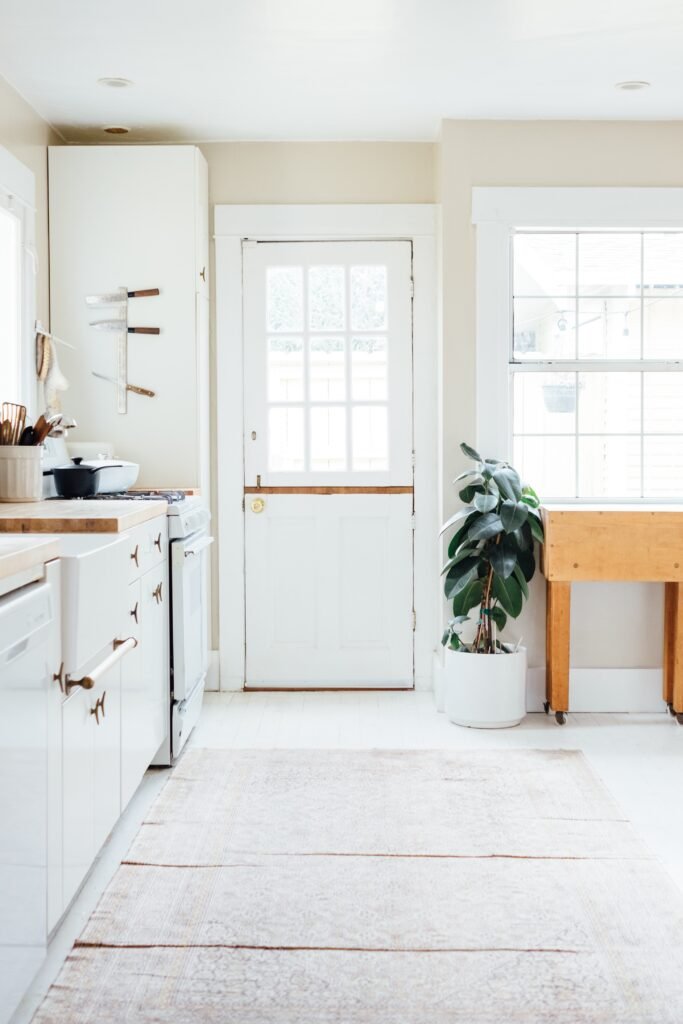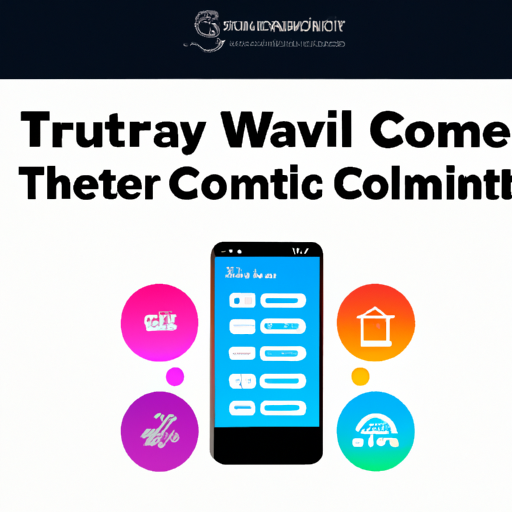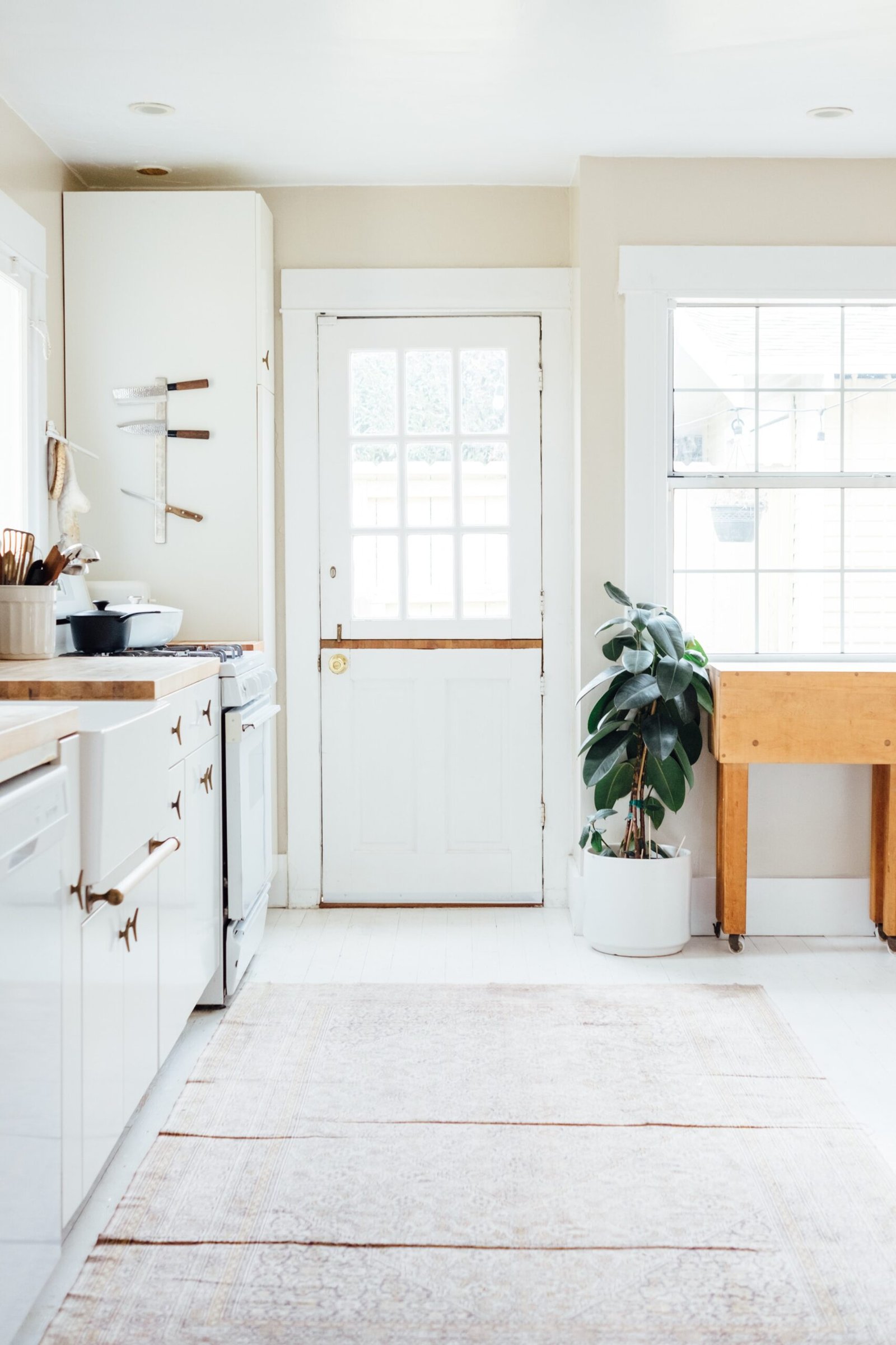In this article, we will explore how you can utilize your smartphone to control your smart home devices. We will look at the necessary steps you need to follow, such as setting up a smart home hub and connecting your devices to the hub. Additionally, we will discuss the benefits of using your smartphone as a remote control, including convenience and versatility. By the end of this article, you will have the knowledge and tools to transform your smartphone into a smart home remote control.

Introduction to using smartphones as remote controls
Smartphones have become an integral part of our lives, serving multiple purposes beyond just making phone calls and sending text messages. They have transformed into powerful tools that enable us to connect with the world in various ways. One such capability that smartphones possess is the ability to act as remote controls for our smart home devices.
Benefits of using smartphones as remote controls
The convenience and ease of use are the primary benefits of using smartphones as remote controls for smart home devices. Instead of having multiple remote controls cluttering your living space, you can now streamline everything into one device: your smartphone. This not only reduces the risk of losing or misplacing remotes but also simplifies the overall control process.
Moreover, smartphones provide a familiar interface that most people are accustomed to, making it easier to navigate and control smart home devices. The touchscreen functionality allows for intuitive controls, eliminating the need for complex button sequences or menu navigation typically found on traditional remote controls.
Different ways to connect smartphones with smart home devices
There are several methods to connect your smartphone with smart home devices, depending on the specific technology and compatibility of the devices. The two most common connectivity options are Wi-Fi and Bluetooth.
Wi-Fi and Bluetooth connectivity options
Wi-Fi connectivity allows your smartphone to connect to your home’s wireless network, enabling communication between your phone and smart home devices. This connection option offers a broader range and allows you to control the devices from anywhere within your home.
On the other hand, Bluetooth connectivity provides a more localized connection, limited to a shorter range. It is ideal for controlling smart home devices within close proximity, such as a single room. Bluetooth is particularly useful for tasks like playing music on compatible speakers or adjusting smart lighting.
Setting up and configuring smartphone as a universal remote
To transform your smartphone into a universal remote control, you need to install a compatible app or configure the built-in functionality of your device. Many brands provide their own dedicated apps for controlling their smart home devices. Alternatively, there are also third-party apps available that support multiple brands and devices, allowing for a unified control experience.
The setup process usually involves downloading the app, signing in or creating an account, and following the on-screen instructions to connect your smartphone to the smart home devices. This may involve scanning a QR code, entering a pairing code or performing a one-time setup process to establish the connection.
Compatibility with different smart home devices
When choosing to use your smartphone as a remote control, it is essential to ensure compatibility between your phone and the smart home devices. Most reputable brands offer compatibility information on their websites or within their apps, specifying which devices are supported.
Furthermore, it is worth noting that not all devices within a brand’s ecosystem may be controllable via a smartphone. Some devices may require dedicated hardware or additional accessories to enable smartphone control. Therefore, it is crucial to review the compatibility details to avoid any disappointment after the purchase.
Controlling Smart Home Devices Using Smartphone Apps
Exploring popular smart home control apps
There is a wide range of smart home control apps available for smartphones, each offering unique features and functionalities. Some popular options include:
-
Google Home: The Google Home app allows you to control various smart devices, including Google Nest speakers, Chromecast, Philips Hue lights, and more. It also supports voice commands through the Google Assistant.
-
Amazon Alexa: The Amazon Alexa app serves as a central hub for managing smart home devices compatible with Amazon’s ecosystem. You can control devices like Echo speakers, smart plugs, and cameras, as well as create routines for automation.
-
Samsung SmartThings: Samsung SmartThings provides a comprehensive platform for controlling smart home devices, regardless of the brand. It supports a wide range of devices, from lights and thermostats to locks and cameras, creating a unified control experience.
Features and functionalities of smartphone control apps
Smartphone control apps offer a plethora of features and functionalities that enhance the user experience and provide advanced control options. Some common features include:
-
Device grouping: Many apps allow you to group multiple smart devices together, making it easier to control them simultaneously. For example, you can create a “Goodnight” scene that turns off all the lights, adjusts the thermostat, and locks the doors with a single tap.
-
Scheduling: Smartphone control apps often include scheduling capabilities, allowing you to set specific times for your devices to turn on or off automatically. This feature is particularly useful for managing energy consumption or creating a consistent routine.
-
Notifications: Apps can send notifications to your smartphone, keeping you informed of any important events or alerts from your smart home devices. For example, you can receive a notification if a motion sensor detects movement or if a smart camera detects a potential security threat.
Customization options for remote control interface
Smartphone control apps typically offer customization options, allowing you to personalize the remote control interface according to your preferences. You can rearrange icons, change background themes, or even create custom widgets for quick access to frequently used controls.
Customization not only adds a personal touch but also enhances the usability and accessibility of the remote control interface. By tailoring the layout and design to suit your needs, you can improve the overall user experience, making it even more intuitive and user-friendly.

Voice Control and Smart Home Automation
Integration of voice assistants for remote control
One of the significant advancements in smart home technology is the integration of voice assistants for remote control. Voice assistants, such as Alexa, Google Assistant, or Siri, allow you to control your smart home devices using simple voice commands.
By leveraging natural language processing and artificial intelligence, these voice assistants can understand and execute your instructions. Whether it’s adjusting the lighting, changing the temperature, or playing music, you can control your smart home devices hands-free, simply by speaking to your smartphone.
Benefits of voice control in smart homes
Voice control offers several benefits in a smart home environment. Firstly, it provides a more intuitive and natural way of interacting with your devices. Instead of having to navigate through menus or tap on icons, you can simply speak your commands, enhancing the overall user experience.
Secondly, voice control allows for convenient hands-free operation. This is particularly beneficial in situations where your hands are occupied or when you are unable to physically interact with your smartphone or smart home devices. For example, you can turn off the lights while cooking or adjust the thermostat from the comfort of your couch.
Automating tasks using smartphone and voice commands
Smartphone control, coupled with voice commands, empowers you to automate various tasks within your smart home. By creating routines or scenes, you can define specific actions to occur based on triggers or specific time schedules.
For example, you can create a “Wake-up” routine that gradually turns on the lights, adjusts the temperature, and plays your favorite music when you say, “Good morning.” Similarly, you can have a “Movie night” scene that dims the lights, closes the curtains, and turns on the TV and sound system with a single voice command.
Automation not only simplifies your daily routines but also adds an element of convenience and luxury to your smart home experience.
Security and Privacy Considerations
Ensuring secure connection for remote control
When using your smartphone as a remote control for your smart home devices, security should be of utmost importance. Here are a few measures you can take to ensure a secure connection:
-
Use strong passwords: Set up strong and unique passwords for your smartphone, Wi-Fi network, and all smart home accounts. Avoid using default passwords or common combinations.
-
Enable two-factor authentication: Enable two-factor authentication whenever possible, adding an extra layer of protection to your smart home accounts. This usually involves receiving a verification code or using biometric authentication alongside your password.
-
Keep your smartphone and apps updated: Regularly update your smartphone’s operating system and installed apps to ensure that you have the latest security patches and bug fixes. Outdated software can be vulnerable to exploits and attacks.
-
Utilize network encryption: Make sure your Wi-Fi network is encrypted with WPA2 or a more secure protocol. Encryption helps protect your data from being intercepted or accessed by unauthorized individuals.
Protecting personal information and data
Smart home devices often collect and process personal information, such as schedules, preferences, and even audio or video recordings. It is important to take steps to protect this data:
-
Review privacy policies: Before connecting any smart home devices to your smartphone, review the privacy policies and data handling practices of the manufacturers or service providers. Ensure that they align with your expectations and meet applicable privacy laws.
-
Disable unnecessary data collection: Some smart home devices may collect more data than necessary for their intended functionality. Within the smartphone control app or device settings, review and disable any data collection options that you are uncomfortable with or do not require.
-
Secure data storage: If your smart home device supports local storage, consider enabling encryption or password protection for any sensitive data. This prevents unauthorized access in case the device is lost or stolen.
Encryption and authentication methods
Smartphone control apps utilize encryption and authentication methods to secure the communication between your phone and the smart home devices. This prevents unauthorized access and ensures data integrity:
-
Transport Layer Security (TLS): TLS is a cryptographic protocol that encrypts data transmission over the internet. It ensures that the communication between your smartphone and smart home devices is protected from eavesdropping and tampering.
-
Authentication: Authentication methods, such as digital certificates or passwords, validate the identity of the smartphone and the smart home devices. This prevents unauthorized control or access to the devices.
-
Secure app permissions: When installing smartphone control apps, review the permissions requested by the app and grant access only to the necessary features and data. Avoid granting unnecessary permissions that may compromise your privacy or security.

Expanding Control Beyond Home
Remote access to smart home devices
One of the significant advantages of using your smartphone as a smart home remote control is the ability to control your devices from anywhere in the world. As long as you have an internet connection, you can access and control your smart home devices remotely.
This remote access opens up a world of possibilities, from turning on the lights before you arrive home to adjusting the thermostat while on vacation. You can ensure that your home is comfortable and secure even when you are away, giving you peace of mind and added convenience.
Controlling devices while away from home
To control your smart home devices while away from home, you will need to ensure that your smartphone is connected to the internet and that your smart home devices have remote access capabilities. Most smartphone control apps provide options to enable remote access, either within the app settings or through a separate remote access service.
Once remote access is enabled, you can log into the control app from anywhere using your smartphone’s internet connection and make adjustments to your smart home devices just as you would when you are at home.
Smartphone control for multiple locations
If you have multiple smart home locations, such as a primary residence and a vacation home, your smartphone can act as a remote control for all of them. Many smartphone control apps allow you to add and manage multiple locations within the app, enabling seamless control across different properties.
This feature is particularly useful for managing and monitoring vacation homes or rental properties. You can remotely control various aspects like temperature, lights, and security devices, ensuring a comfortable and secure environment for yourself or your guests.
Troubleshooting and Tips for Effective Control
Common issues and fixes for smartphone control
While using your smartphone as a remote control is generally smooth and trouble-free, there can be instances where you might encounter issues. Here are some common problems and their possible solutions:
-
Connection issues: If your smartphone is unable to connect to a smart home device, make sure they are both connected to the same Wi-Fi network. Restarting the smartphone or the device may also help.
-
Unresponsive devices: If a smart home device does not respond to your smartphone controls, check its power source and ensure that it is properly connected. Occasionally, devices may require a firmware update to resolve any compatibility issues.
-
App crashes or freezes: If the smartphone control app crashes or freezes, try force-closing the app and restarting it. If the issue persists, uninstall and reinstall the app to ensure you have the latest version.
Optimizing smartphone performance for remote control
To ensure effective control of your smart home devices using your smartphone, consider the following tips to optimize performance:
-
Keep your smartphone charged: Proper battery management is crucial when using your smartphone as a remote control. Make sure your smartphone is adequately charged to avoid interruptions during control sessions.
-
Close unnecessary apps: Close any unused or unnecessary apps running in the background to free up system resources and improve performance. This ensures smooth navigation and quicker response times within the control app.
-
Clear cache and storage: Regularly clear the cache and unnecessary files from your smartphone to free up storage space. This can improve the overall performance of the device and the control app.
Integration tips for better user experience
To maximize the potential of your smartphone as a remote control, consider the following integration tips:
-
Smart home hub: If you have multiple brands or types of smart home devices, consider investing in a smart home hub. These hubs act as a central control point, allowing for seamless communication between different devices and integration with your smartphone.
-
Voice control integration: Connect your smartphone’s voice assistant, such as Google Assistant or Amazon Alexa, to your smart home devices. This enables voice control capabilities even when you are away from your smartphone.
-
Widgets and automation shortcuts: Take advantage of widgets or automation shortcuts provided by your smartphone control app. These can provide quick access to frequently used controls or automate specific tasks directly from your smartphone’s home screen.

Future Innovations in Smartphone Remote Control
Advancements in smartphone technology for remote control
As smartphone technology continues to evolve, we can expect future innovations that will further enhance the capabilities of using smartphones as remote controls for smart home devices. Some potential advancements include:
-
Augmented reality (AR) interfaces: AR interfaces can overlay control options and visualizations onto the real-world environment, making it easier to interact with and control smart home devices.
-
Gesture recognition: This technology would allow users to control smart home devices through hand gestures, eliminating the need for physical touch or voice commands.
-
Improved battery life and efficiency: Future smartphones may feature longer battery life and more efficient processors, ensuring extended control sessions without the need for frequent recharging.
Integration with emerging smart home devices
Smart home technology is constantly expanding, and new and innovative devices are regularly entering the market. Smartphones will play a crucial role in integrating these emerging devices and allowing seamless control.
For example, the rise of smart appliances, such as refrigerators and washing machines, will likely require smartphone control for optimal functionality. As these devices become more interconnected, smartphones can serve as the hub for managing and controlling multiple smart appliances.
Potential developments and trends
In addition to technological advancements, there are several developments and trends that are likely to shape the future of smartphone remote control for smart home devices:
-
Artificial intelligence (AI) integration: AI-powered assistants are becoming increasingly sophisticated and capable of understanding and predicting user preferences. This integration can lead to more personalized and intuitive control experiences.
-
Interoperability and standardization: As the number of smart home devices increases, the need for interoperability and standardization becomes crucial. Industry-wide efforts are being made to create common protocols and standards, allowing for seamless control and integration.
-
Energy efficiency and sustainability: Future developments may focus on optimizing energy consumption within smart homes. Smartphone control apps could provide energy usage insights and suggestions for minimizing waste, allowing users to make more sustainable choices.
Conclusion
Transforming your smartphone into a smart home remote control offers a multitude of benefits and possibilities. The convenience, ease of use, and expanded control options make it an essential tool for managing and controlling your smart home devices.
By connecting your smartphone to smart home devices via Wi-Fi or Bluetooth, you can streamline control and eliminate the need for multiple remote controls. Smartphone control apps provide intuitive interfaces, customizable layouts, and advanced features that enhance the user experience.
Moreover, with the integration of voice assistants, automation capabilities, and the ability to control devices remotely, your smartphone becomes a powerful tool for managing your smart home both inside and outside your home.
As technology continues to evolve, we can expect even more advancements, integrations, and innovations that will further enhance the capabilities of using smartphones as smart home remote controls. So, go ahead and transform your smartphone into a smart home remote control to enjoy the convenience, comfort, and control at your fingertips.

